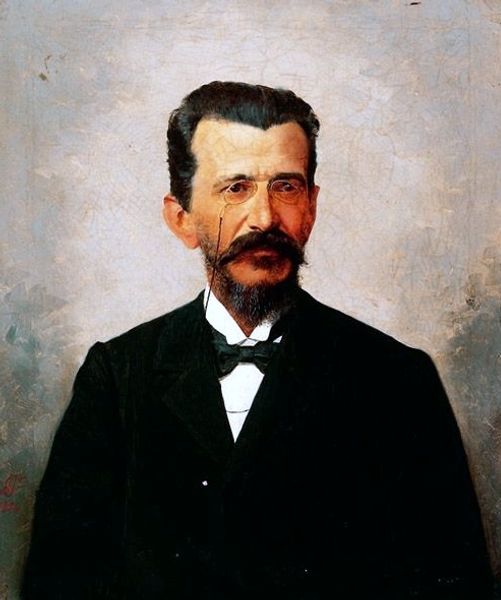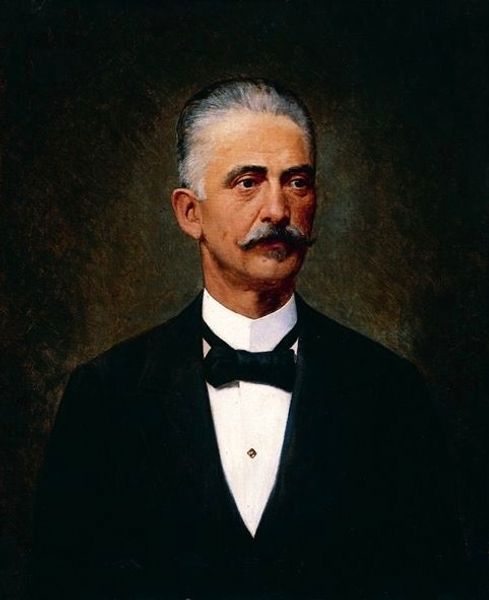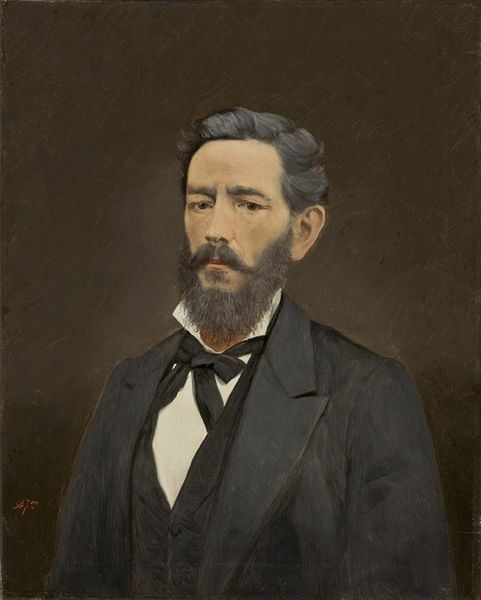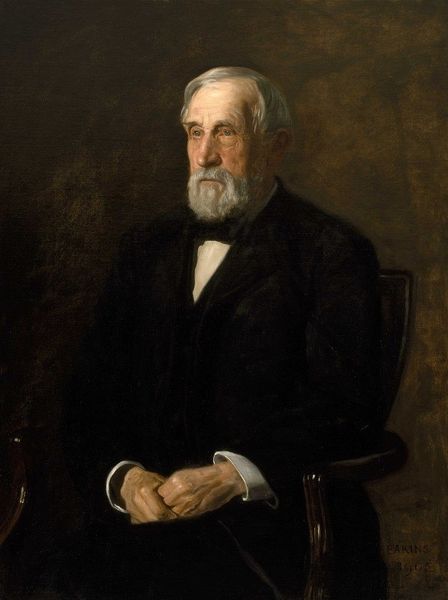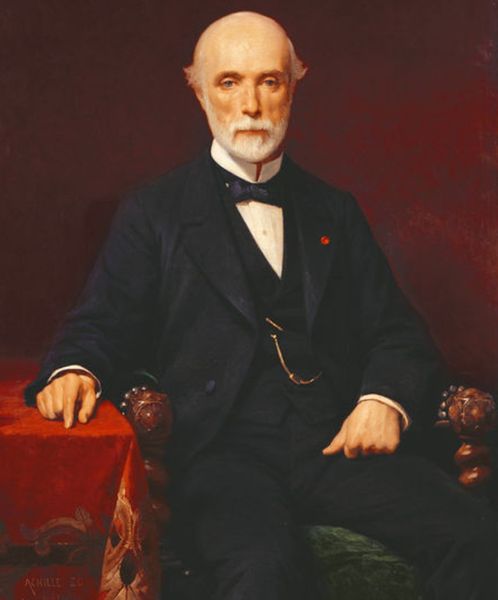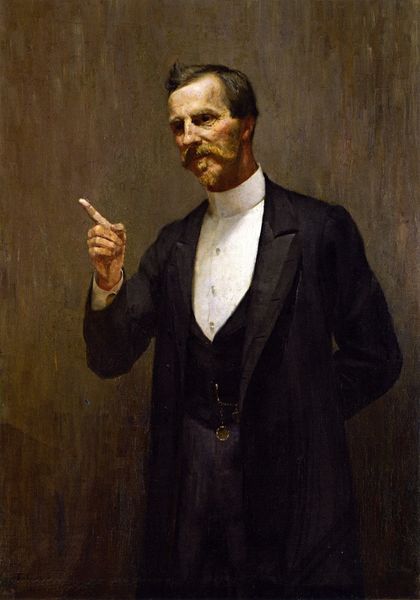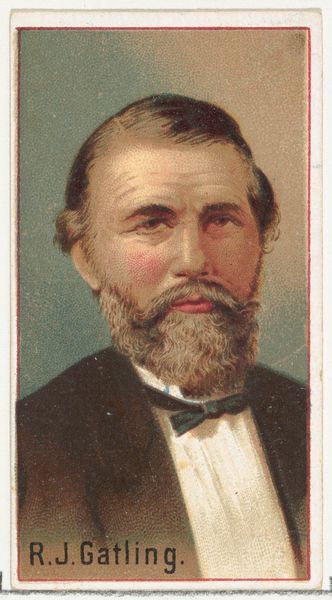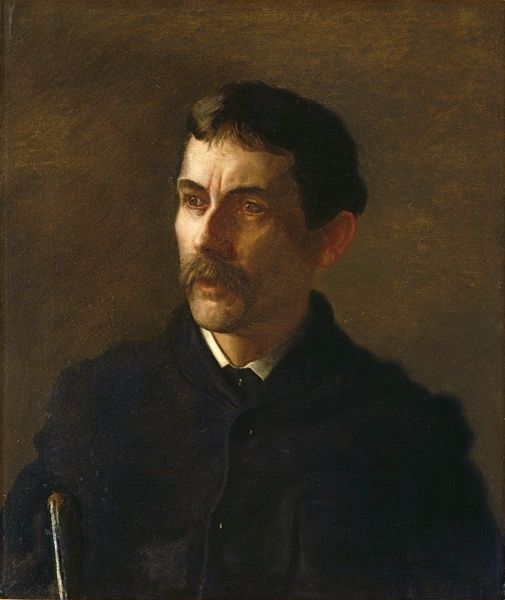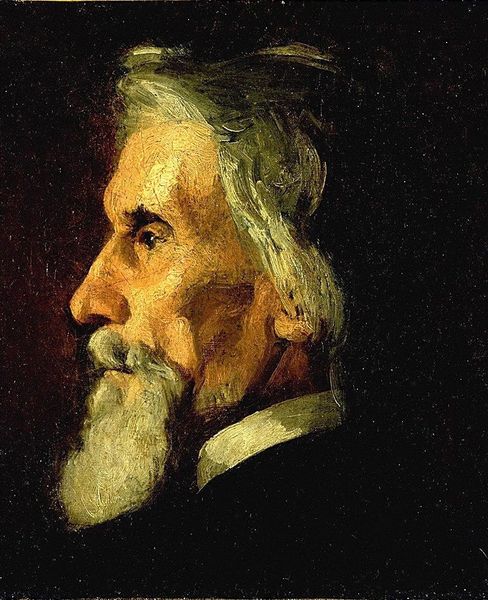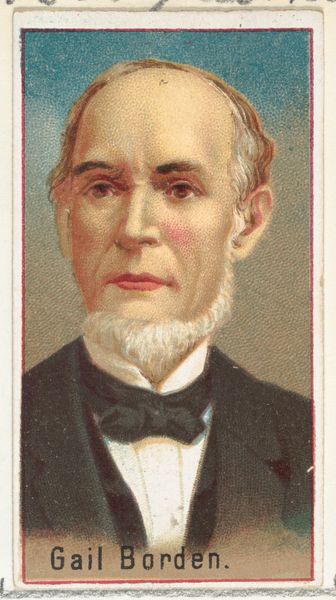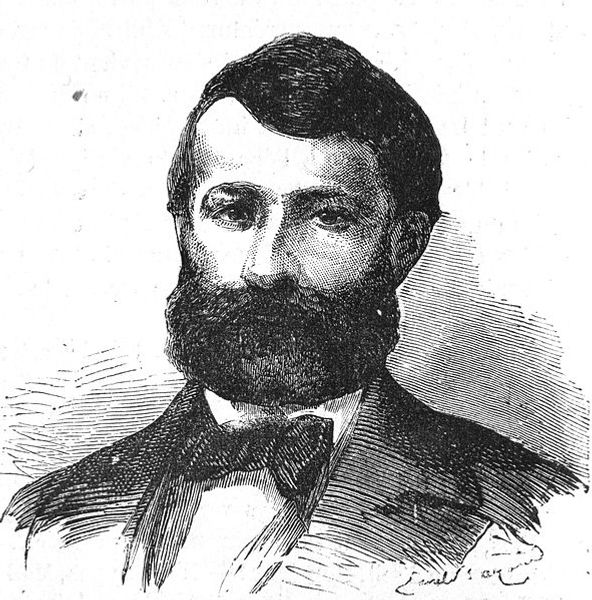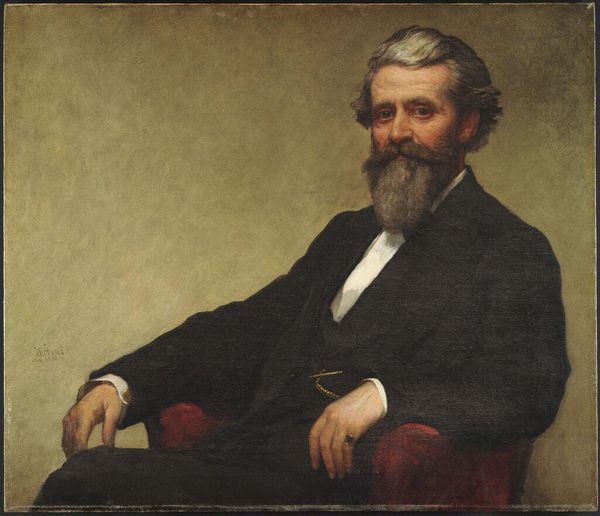
painting, oil-paint, impasto
#
portrait
#
portrait
#
painting
#
oil-paint
#
impasto
#
academic-art
#
realism
Copyright: Public domain
Curator: Looking at this striking painting, "José Ferraz de Almeida (The artist's father)" by Jose Ferraz de Almeida Junior, one is immediately struck by its formal portraiture. It hangs here at the Museu de Arte de Sao Paulo, and offers us a glimpse into Brazilian academic art of the late 19th century. Editor: He certainly has a direct gaze. There's a quiet intensity conveyed through the subject's eyes, a mixture of dignity and perhaps a touch of melancholy. I wonder what symbols the artist embeds within his portrayal of his father? Curator: It's interesting that you highlight the emotional undercurrents. Realism, particularly of this Academic kind, strove for objective representation. We might consider how the burgeoning middle class in Brazil during that era used such portraits to project status and respectability, mimicking European ideals. The black suit and bow tie were important elements of that representation. Editor: And the neatly trimmed white beard? That, to me, signifies wisdom and experience—classic tropes, of course. Yet it makes me think of ancestral strength too, considering that he's painted by his son. Isn’t the simple fact of depicting one's own parent a rather charged image in most cultures? A powerful statement of familial continuity. Curator: I think your reading resonates. Indeed, there’s certainly an interplay here between individual and public persona, a balance typical of commissioned portraiture at that time. The father's image then serves the dual function of celebrating his lineage but also aligning the Almeida Junior name within an established societal order. He would eventually become Brazil's greatest exponent of the genre scene! Editor: Consider, too, how portraiture itself functions as a cultural artifact, like a painted memory. That intense stare seems to transcend time and background. Those small flecks of impasto white along the face hint a deep internal world beneath that veneer of upper middle class Brazil! I guess, ultimately, all of that "status" imagery ends up meaning nothing beyond implying the simple emotional and hereditary bonds. Curator: Exactly, and studying those "objective" choices lets us begin to deconstruct them and the role they play socially. An engaging image of the complicated dance between art and its surrounding influences. Editor: Quite. It is the simple act of representation which speaks the most.
Comments
No comments
Be the first to comment and join the conversation on the ultimate creative platform.
